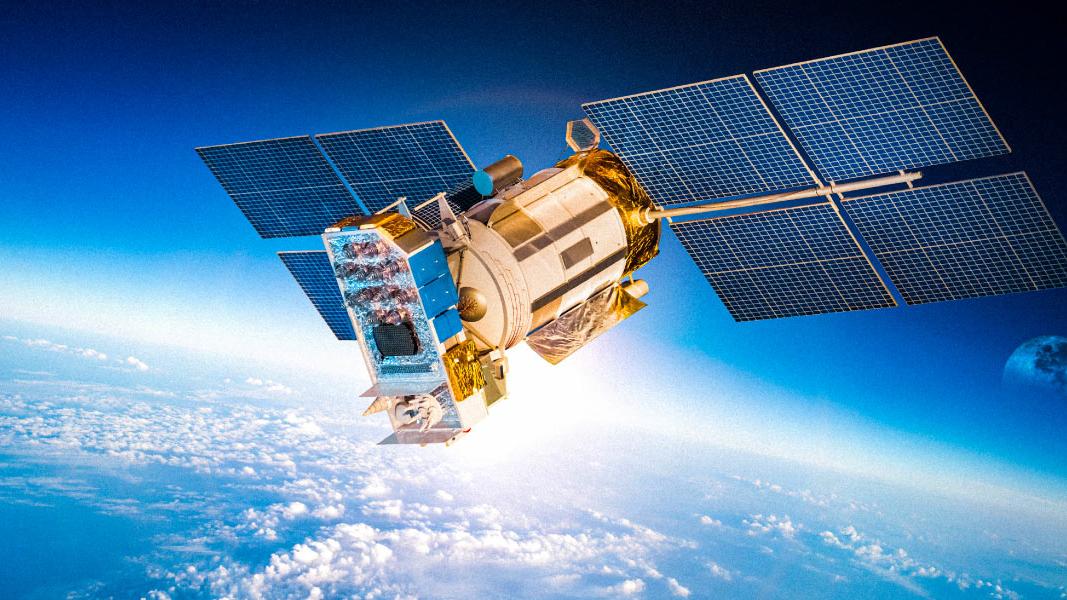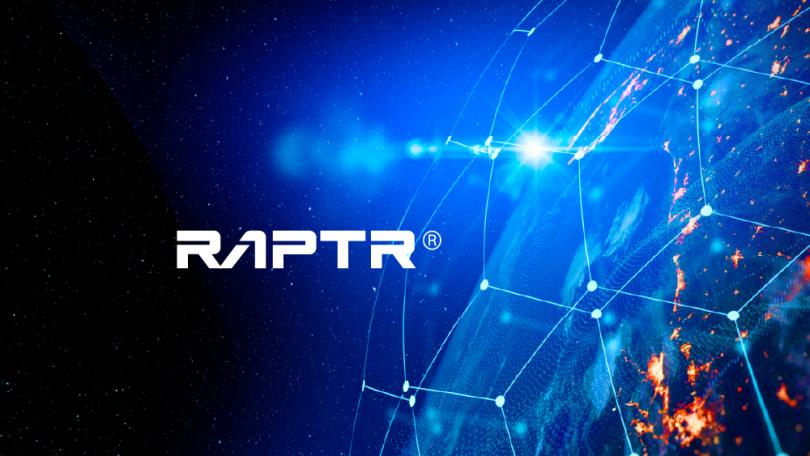

Public-Private Partnerships: Building the Future of Space Commerce through Logistics
Dr. Mark A. Eddings Space, LogisticsGovernment agencies such as NASA and the U.S. Space Force pursue bold scientific and defense missions in orbit. At the same time, commercial ventures like SpaceX and Blue Origin demonstrate that space is no longer the sole domain of government—it is rapidly becoming a viable arena for commerce. To unlock the full promise of this new space economy, we must recognize that logistics is the foundation—and that sustainable progress depends on innovative partnerships between the public and private sectors.
Logistics in Space: Critical Considerations
Space-based internet. Semiconductor manufacturing. Biolabs and data centers leveraging free cooling, heating, and microgravity. These once-futuristic concepts are quickly moving from vision to reality. Supporting them requires sophisticated, end-to-end logistics solutions—spanning pre-launch preparation, launch operations, in-space sustainment (including ground support and data flow), and post-mission activities.
The complexity of these missions cannot be overstated. They demand frameworks that enable transportation, delivery, refueling, maintenance, and repair of space assets—at scale. Public-private partnerships are the accelerant that makes this possible, infusing government missions with commercial agility to drive faster iteration, breakthrough technologies, and scalable logistics ecosystems.
“Without a resilient supply chain and servicing strategy, even the most advanced spacecraft risk costly delays, degradation, or failure.”
LMI’s partnerships with NASA and the U.S. Space Force exemplify this model, integrating advanced commercial capabilities to enhance the sustainability and resilience of space-based operations. Lessons from today’s geopolitical conflicts, such as those in Israel and Ukraine, underscore the urgency of uninterrupted supply chains. Whether supporting terrestrial defense or enabling space-based interceptors, consistent resupply and sustainment are mission-critical for both offensive and defensive systems, as has been recognized by projects such as Golden Dome.
But logistics extends beyond defense. It underpins the strategic planning and execution of every space mission—whether deploying satellites for intelligence and communication, refueling assets in orbit, or extending the life of costly platforms. For missions beyond Earth’s orbit, from lunar infrastructure to Mars-bound systems, logistics becomes even more essential. Without a resilient supply chain and servicing strategy, even the most advanced spacecraft risk costly delays, degradation, or failure.
Building Resilient Space Supply Chains
Reliable supply chains are the backbone of mission success. In contested environments, the smallest disruption can compromise readiness. Decision-makers need complete visibility: the ability to map supply chains, quantify risks, and integrate data across disparate sustainment systems in real time. This holistic view safeguards critical suppliers, anticipates shortages before they affect missions, and aligns logistics operations with evolving requirements.
An integrated approach—combining modeling, data engineering, and proven logistics tradecraft—empowers government and industry to build resilient space architectures that can withstand even the harshest conditions. Launching, refueling, maintaining, and servicing space assets all hinge on this shared capability. The integration of commercial innovation with government expertise is not just enabling NASA and Space Force missions—it is setting the stage for humanity’s long-term presence in space.
Defining the Next Frontier
As commercial enterprises push deeper into the new frontier, the U.S. government has a unique opportunity to shape, safeguard, and expand the economic viability of space. By orchestrating responsible commercial behavior, aligning offensive and defensive strategies, and mitigating debris, government agencies can protect national security interests while nurturing a thriving market.
“Every question of cost, resilience, and mission performance ultimately rests on logistics.”
A data-driven, end-to-end architectural approach is central to this effort. Beginning with pre-launch supply chain risk assessments and extending through on-orbit deployment, this framework evaluates cost, feasibility, and performance trade-offs before major investments are made. By defining clear logistics requirements and bounding the trade space, government can align industry innovation—propulsion systems, vehicle designs, autonomous servicing—with mission needs, reducing risk while accelerating progress.
Digital engineering and model-based systems engineering extend this rigor, ensuring adaptability as new technologies mature. A traceable digital thread—linking high-level mission architecture with detailed subsystem design—enables seamless collaboration across government, industry, and allied partners. The result: an interoperable, scalable ecosystem that fosters innovation while ensuring mission assurance.
The Time to Act
The interplay between commercial innovation and government stewardship will determine the future of space. Every question of cost, resilience, and mission performance ultimately rests on logistics. Without it, progress stalls. With it, the path to a vibrant space economy becomes clear.
The key is agility. The opportunity is now. And the solution lies in forging strong, enduring partnerships that ensure space logistics can meet the demands of exploration, defense, and commerce alike.


Dr. Mark A. Eddings
Sr. Vice President, Space MarketMark Eddings serves as senior vice president of LMI's space market, overseeing all aspects of the market's growth, strategy, execution, and delivery. With extensive expertise in the national security space industry, Mark fosters continued market expansion while bolstering LMI's rapid innovation in support of customer requirements.



